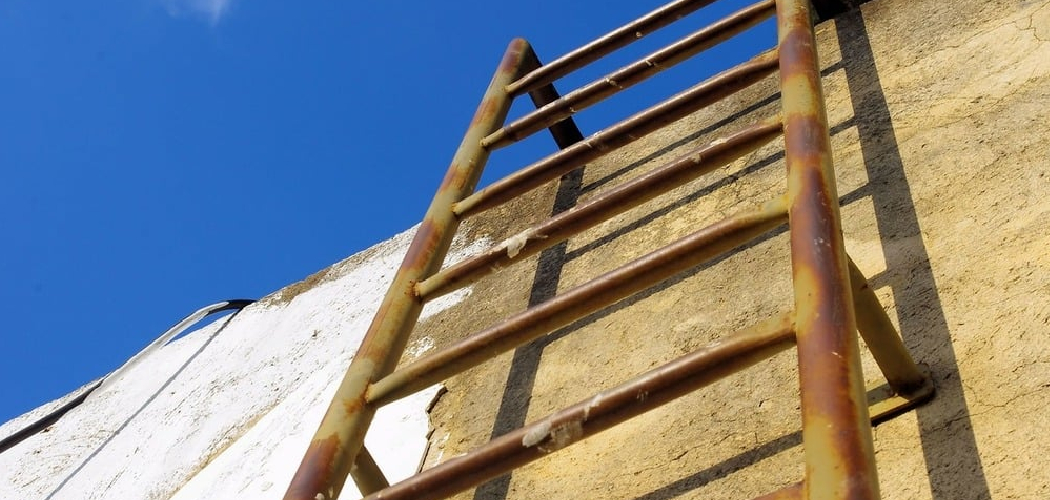A fire escape ladder is an essential safety tool designed to provide a quick and reliable way to exit a building during an emergency. Proper knowledge and preparation can make all the difference in a critical situation. Understanding how to use a fire escape ladder effectively ensures the safety of you and your loved ones.
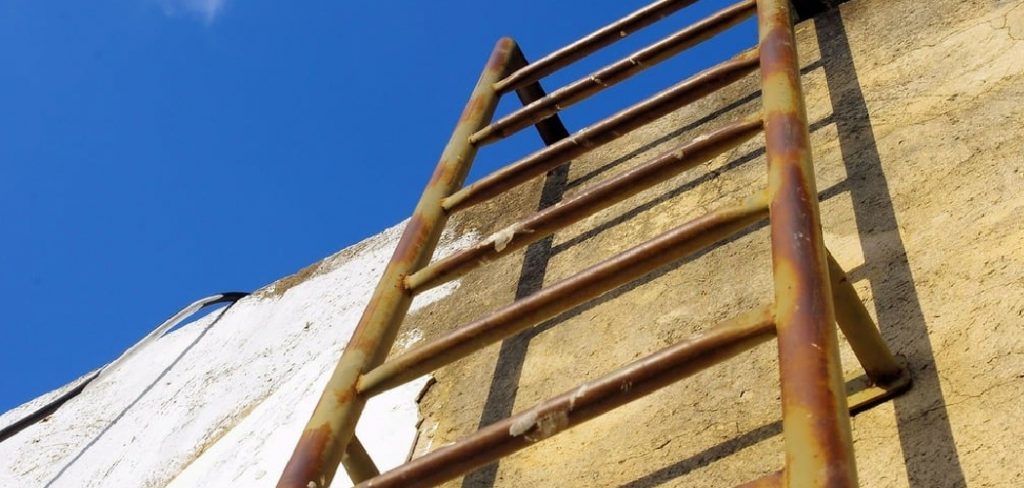
This guide on how to use fire escape ladder will walk you through the basic steps and precautions to help you use your fire escape ladder confidently and securely when it matters most.
Why Should You Learn How to Use a Fire Escape Ladder?
Knowing how to use a fire escape ladder is a crucial skill that can save lives. Emergencies, such as fires, can occur without warning, leaving little time to think or react. Being prepared by learning how to deploy and maneuver a fire escape ladder ensures you can act quickly and efficiently during these high-stress situations.
Additionally, practicing proper usage can help reduce the risk of injuries caused by incorrect deployment or hurried descents. By familiarizing yourself with this essential tool, you empower yourself and your family with the knowledge and confidence needed to safely escape a potentially life-threatening event.
Needed Materials
To properly deploy and use a fire escape ladder, there are a few materials you will need to have on hand. These include:
- A Fire Escape Ladder (Make Sure It is the Correct Length for Your Home)
- A Hammer or Mallet
- A Sturdy Surface to Attach the Ladder to (Such as a Windowsill)
- An Emergency Exit Plan for Your Household
- A Fire Extinguisher (Optional, but Recommended)
7 Simple Step-by-Step Guidelines on How to Use Fire Escape Ladder
Step 1: Preparing the Ladder
Before you even attach the ladder to your home, it is important to familiarize yourself with its features and instructions. This includes determining the length of the ladder needed for your specific home’s height, as well as understanding how to properly hook and secure the ladder onto a windowsill or other sturdy surface.
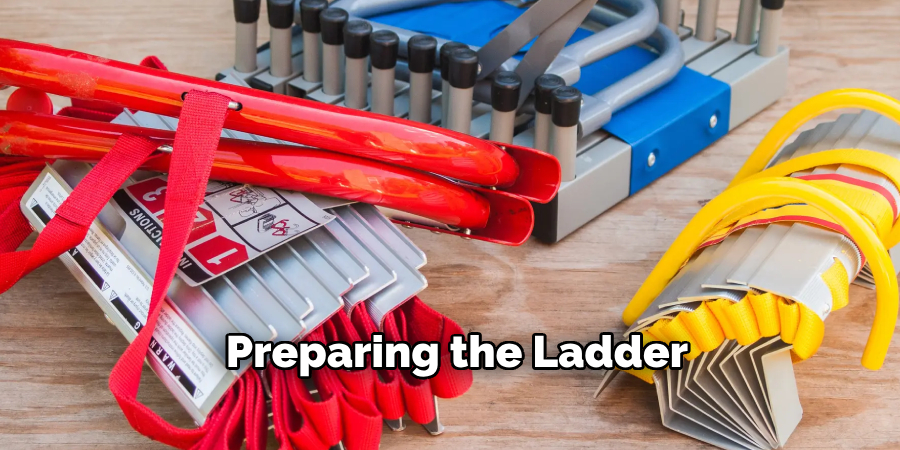
Step 2: Establishing an Exit Plan
Having a clear emergency exit plan is crucial in any household. In case of a fire or other disaster, every member of your family should know exactly where to go and what to do. This plan should include at least two escape routes from each room in your home.
Start by identifying the primary exit route for each room, which is typically the door. Next, determine a secondary exit route, such as a window or balcony. Make sure these routes are easily accessible and free of any obstructions.
It’s also important to assign a designated meeting place outside of your home where all family members can safely gather in case of an emergency. This can be a neighbor’s house or a nearby park.
Step 3: Practice Regularly
Just having an emergency exit plan in place is not enough; it’s important to practice it regularly with your entire household. This will ensure that everyone knows their roles and responsibilities in case of an emergency and can execute the plan efficiently.
Set aside time every few months to go over your emergency exit plan with your family. Walk through each step and make sure everyone knows their escape routes and designated meeting place. This is also a good time to update any changes, such as new additions to the family or renovations that may have altered the layout of your home.
Step 4: Prepare for Different Types of Emergencies
Not all emergencies are alike, so it’s important to prepare for different scenarios. For example, if you live in an area prone to natural disasters like hurricanes or earthquakes, make sure you have supplies on hand such as flashlights, batteries, and non-perishable food items. If you live in an area with a higher risk of home fires, make sure your family knows how to safely escape in case of a fire and have working smoke detectors installed throughout your home.
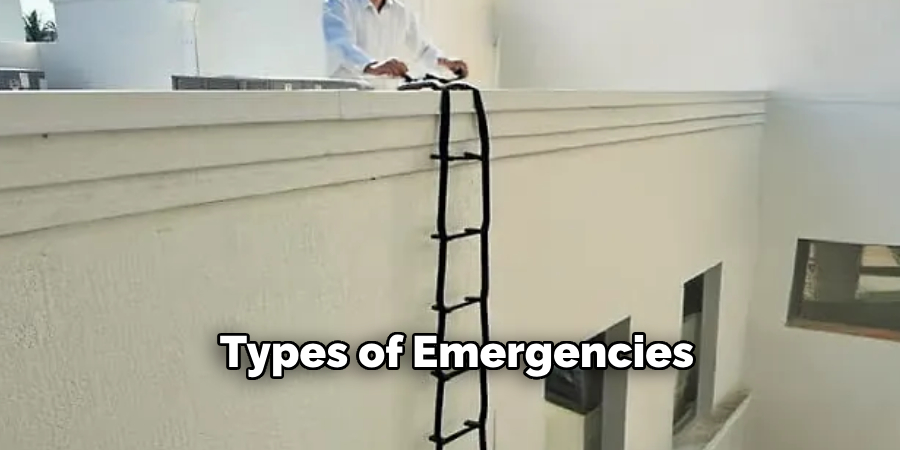
You should also consider creating an emergency plan for specific situations such as power outages or severe weather events. These plans can include designated safe areas within your home, contact numbers for emergency services, and instructions on what to do in case communication lines are down.
Step 5: Practice Your Plan
The key to being prepared is practice. Once you have created your emergency plan, it’s important to practice it regularly with your family. This will not only help everyone become familiar with the plan and their responsibilities, but also identify any potential issues that may need to be addressed.
It’s also important to keep your plan up-to-date. Update contact numbers, addresses, and any other necessary information as needed. Also, make sure everyone knows where the emergency supplies are kept and how to use them in case of an emergency.
Step 6: Stay Informed
Staying informed is crucial during an emergency situation. Make sure you have access to updated information through reliable sources such as local news stations and government websites.
It’s also helpful to sign up for emergency alerts through text messages or email notifications. This way, you can stay informed even if the power goes out.
Step 7: Practice Your Plan
Practicing your emergency plan is essential to ensure that everyone knows what to do in case of an actual emergency. Hold drills regularly and make sure to adjust your plan accordingly if any issues arise during the practice sessions.
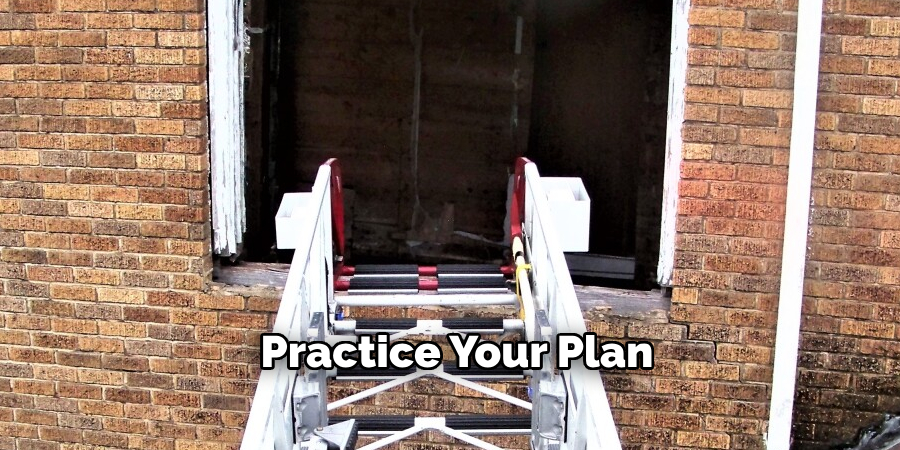
It’s also important to involve children in these drills so they know what to do and where to go without panicking. The more familiar everyone is with the plan, the better prepared and calm they will be in a real emergency.
Following these steps on how to use fire escape ladder will not only ensure the safety of your family, but also give you peace of mind. Remember to always prioritize safety and have a well-practiced plan in case of any emergency. Stay safe!
Additional Tips
- Make copies of important documents and store them in a secure location.
- Keep a list of emergency contacts and their phone numbers in an easily accessible place.
- Have a first aid kit readily available and regularly check its contents to ensure everything is up to date.
- Familiarize yourself with the location of fire extinguishers and how to use them properly.
- Keep a flashlight with fresh batteries near your bed in case of power outages.
- Discuss potential evacuation routes with your family, especially if you live in a multi-level building.
- Practice using the fire escape ladder regularly so everyone knows how to use it in case of an emergency.
- In addition to having a fire escape plan, also have a plan for other emergencies such as natural disasters or intruders.
Frequently Asked Questions
Q1: Why is It Important to Have a Fire Escape Plan and Emergency Preparation?
A1: Having a fire escape plan and being prepared for emergencies can save your life and the lives of your loved ones. In case of a fire, time is of the essence and having a plan in place can help you evacuate quickly and safely. Similarly, being prepared for other emergencies can help you stay calm and react efficiently, reducing the risk of harm.
Q2: How Can I Create a Fire Escape Plan?
A2: Creating a fire escape plan starts with knowing your home or workplace. Identify all possible exits and make sure they are easily accessible. Designate a meeting point outside the building where everyone in your household or workplace should gather in case of an emergency. Practice the escape plan regularly to ensure that everyone knows what to do in case of a fire.
Q3: What Should Be Included in an Emergency Preparation Kit?
A3: An emergency preparation kit should include essential items such as non-perishable food, water, first aid supplies, flashlights, batteries, a battery-powered or hand-crank radio, extra clothing and blankets, a whistle to signal for help, and important documents such as identification and insurance papers. It is also important to include any necessary medications and supplies for children and pets.
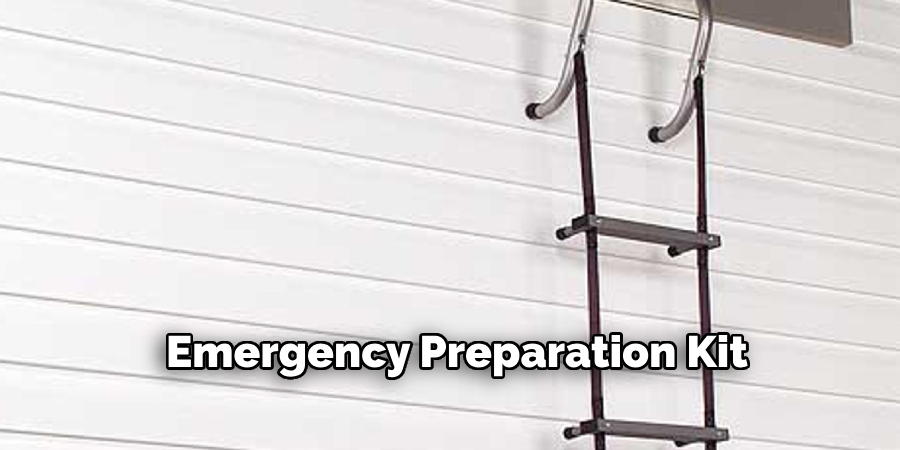
Q4: What Are Some Additional Items That Can Be Added to an Emergency Preparation Kit?
A4: Some additional items that can be added to an emergency preparation kit include a multi-purpose tool, duct tape, plastic sheeting, personal hygiene items, cash or traveler’s checks, and a map of the local area. A portable phone charger or extra batteries for electronic devices may also be useful in case of a power outage. It is important to customize your emergency preparation kit based on your specific needs and location. Consider adding items such as a fire extinguisher if you live in an area prone to wildfires or waterproof matches if you live in an area prone to flooding.
Conclusion
Preparedness is key to ensuring safety and resilience during unexpected emergencies. By assembling a well-stocked and personalized emergency kit, you can better protect yourself and your loved ones in critical situations.
Regularly reviewing and updating your kit to reflect changing needs and conditions will help you stay ready for whatever challenges may arise. Taking these proactive steps today can make all the difference when it matters most. Thanks for reading this article on how to use fire escape ladder.

